HCCI Engine - What is HCCI Engine Technology?
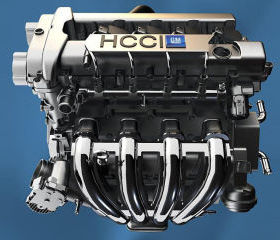
HCCI engine
The internal combustion system is already well known to everyone: air, spark (from spark plug) and fuel together create the power that drives the vehicle. This happens in gasoline engines.
In those diesel engines, the principle is somewhat different: the fuel is compressed until it explodes, and then it disperses. But what you're probably not familiar with is the fact that a third type of car engine, called Homogenous Charge Compression Ignition (HCCI), or a compression-ignition engine with a homogeneous charge, is also appearing on the horizon.
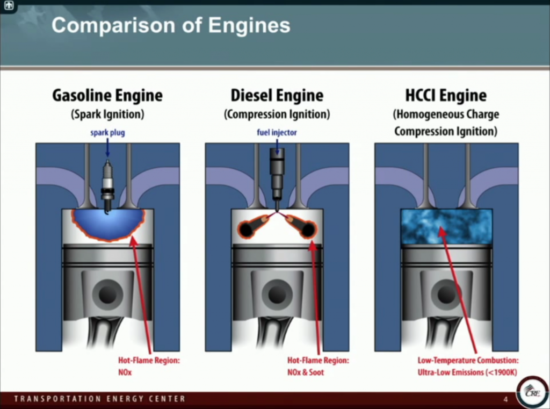
This sounds quite complicated, and in fact it is a simple system that involves compressing a mixture of gasoline and air in the cylinder all the way to the ignition point and without the use of a spark plug. In this way of combustion, gasoline engines would actually work similarly to diesel engines. This is a controlled self-ignition, and in it, previous studies have shown, the mixture of gasoline and air burns more completely. Certain cylinders air monitoring sensors will be required to control self-ignition.
In particular, in the HCCI system, the suction pipes are free of flaps, and the power is adjusted by changing the stroke of the valve. The engine uses direct gas injection, with a maximum pressure of 200 bar. Also, the fuel is injected in two phases, pre-injection and main injection. It is important to note that the fuel is injected straight into the cylinders with nozzles having nine holes that in turn have a diameter of only eight hundredths of a millimeter.
What is particularly important to note is that this method of ignition would reduce fuel consumption by 30 percent and also reduce exhaust emissions would be very significant. According to some announcements, this revolutionary ignition mode should appear in the car soon, or in 2018 at the latest, and no later than 2019. Mazda 3, therefore, from a Japanese manufacturer. With the new combustion system, a new bi Mazda the trio should consume only about 3,3 liters per 100 kilometers.
In Mazda, the new engine with the HCCI system was called SKYACTIV-X. The company admit without restraint that their main preoccupation is the HCCI system, namely burning gasoline without the use of spark plugs and their energy, but they also invest their money in refining it and hope that almost everyone will Mazda models have exclusively SKYACTIV-X engine.
Akira Marumoto, Mazda's vice president, called the development of this technology at the heart of Mazda and pointed out that the supply or sale of the system to other vehicle manufacturers is excluded.
Still, this system is not as new as one might suspect. Some companies have already experimented with it. For example Opel Insignia (successor to Vectra) from 2009, it had a revolutionary 2.2 HCCI engine at the time, reducing fuel consumption by 15 percent. But the Insignia also had spark plugs that allowed low-temperature ignition.
However, although everything seems perfect, the HCCI system still has certain risks, ie shortcomings that experts work on day and night. Namely, it is about the internal temperature. For now, it is difficult to maintain it at a stable level, which would be optimal for the operation of the entire system. If the temperature in the system is too low, it affects the performance of the entire system. If it is too high, the temperature of the whole engine can rise too high.
So, we have to wait a year or two and see how they solved this problem in Mazda.
Provided with: www.silux.hr
Recommendation of similar texts:

Hi there, I am Mladen and I am an auto enthusiast. I started this blog years ago to help like minded people share information about latest cars, car servicing ideas, used car info, exotic cars, and auto technology. You will find helpful articles and videos on a wide variety of cars - Audi, Mercedes, Toyota, Porsche, Volvo, BMW and much more. Ping us if you have anything cool to share on latest cars or on how to make older cars more efficient, or just want to say hi!

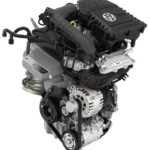

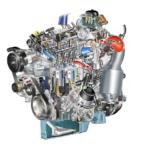
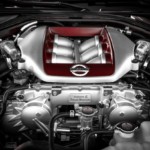

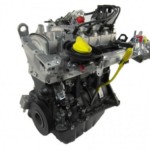
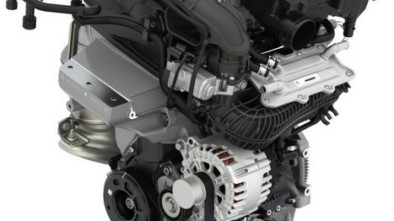
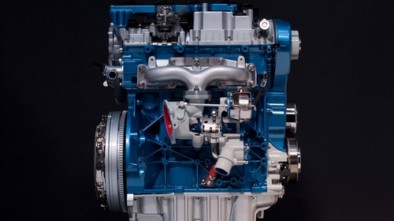
I do not know which engine has been installed on the Hyudai ix35 2o cdi since 2010.